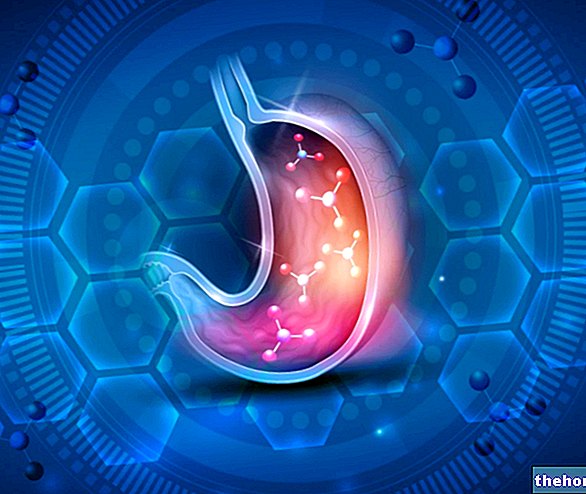Direct-acting sympathomimetic drugs act as agonists of the α and β receptors; the "affinity for one or the other" changes according to the chemical structure of the drug itself; the more this binds preferentially to one of the two receptors, and in turn to one of the receptor subtypes, the more the therapeutic effect is targeted and the less side effects will be.
The molecule most complementary to the α receptor is adrenaline; noradrenaline interacts with both receptors, although it has little affinity for the β receptor.
Isoproterenol is the molecule closest to the β receptor.
The complementarity to the β receptor varies according to the steric hindrance of the amino group, that is, the larger the steric hindrance, the more the molecule is similar to the β receptor; in fact, if we analyze the chemical structure of adrenaline, noradrenaline and isoproterenol. we notice that the number of methylations on the amino group is greater precisely in the isoproterenol molecule. Below we will report the main effects of sympathomimetic drugs with direct action in the various parts of the organism.
Effects on the cardiovascular system
Remember that cardiovascular functions are mainly regulated by the orthosympathetic system.
Positive inotropic and chronotropic effect, i.e. increase in force of contraction and heart rate following stimulation of cardiac β1 receptors.
Vasoconstrictor effect on the vessels of the skin, mucous membranes and viscera, following the stimulation of the α1 receptors; this results in an increase in systolic pressure.
Vasodilator effect, following the stimulation of the β2 receptors, on skeletal muscles, with consequent reduction of peripheral resistance and diastolic pressure.
Effects on the respiratory system
Bronchodilator effect, with increased patency of the airways, caused by the stimulation of β2 receptors; if generated by adrenaline and noradrenaline, this effect lasts for a short time, however β-releasing synthesis derivatives have been created with a prolonged therapeutic effect; an example is salmeterol (β2 specific stimulant).
Metabolic effects
The orthosympathetic system, or ergotropic system, is known precisely for its function as a dispenser of ready energy; in fact at the metabolic level the sympathetic mimetic drugs with direct action cause glycogenolysis and lipolysis.
Effects on the ocular system
Sympathomimetic drugs cause mydriasis and contraction of the contractile muscle of the iris; in particular, this effect is used in pharmacology for the treatment of glaucoma because these drugs favor the reduction of ocular pressure, thanks to the increase in the outflow of aqueous humor.
The therapeutic uses of this pharmaceutical category are very varied, we will report some of them below.
L"adrenalineThanks to its immediate effects, it is used above all in clinical emergencies (anaphylactic shock or acute asthma), but also for local anesthesia and for the therapeutic treatment of open-angle glaucoma.
There phenylnephrine it is a "α1 stimulant used as a nasal decongestant due to the effect of vasoconstriction on the mucous membranes, with consequent reduction of secretions; it is however necessary not to abuse it because it could desensitize the α1 receptor, thus worsening the symptoms (bumerang effect).
There clonidine, α2 stimulant used as an antihypertensive drug, because it causes a dilating effect on the vasomotor centers.
THE β2 stimulants they are commonly used as anti-asthma drugs due to their bronchodilator effect.
Side effects related to these drugs are due to "excessive stimulation of the α and β receptors: cardiac arrhythmias, headache, CNS hyperactivity, insomnia, nausea and tremors.
Other articles on "Direct-acting sympathomimetic drugs"
- Sympathomimetic drugs
- Ephedrine: properties and contraindications of ephedrine




























